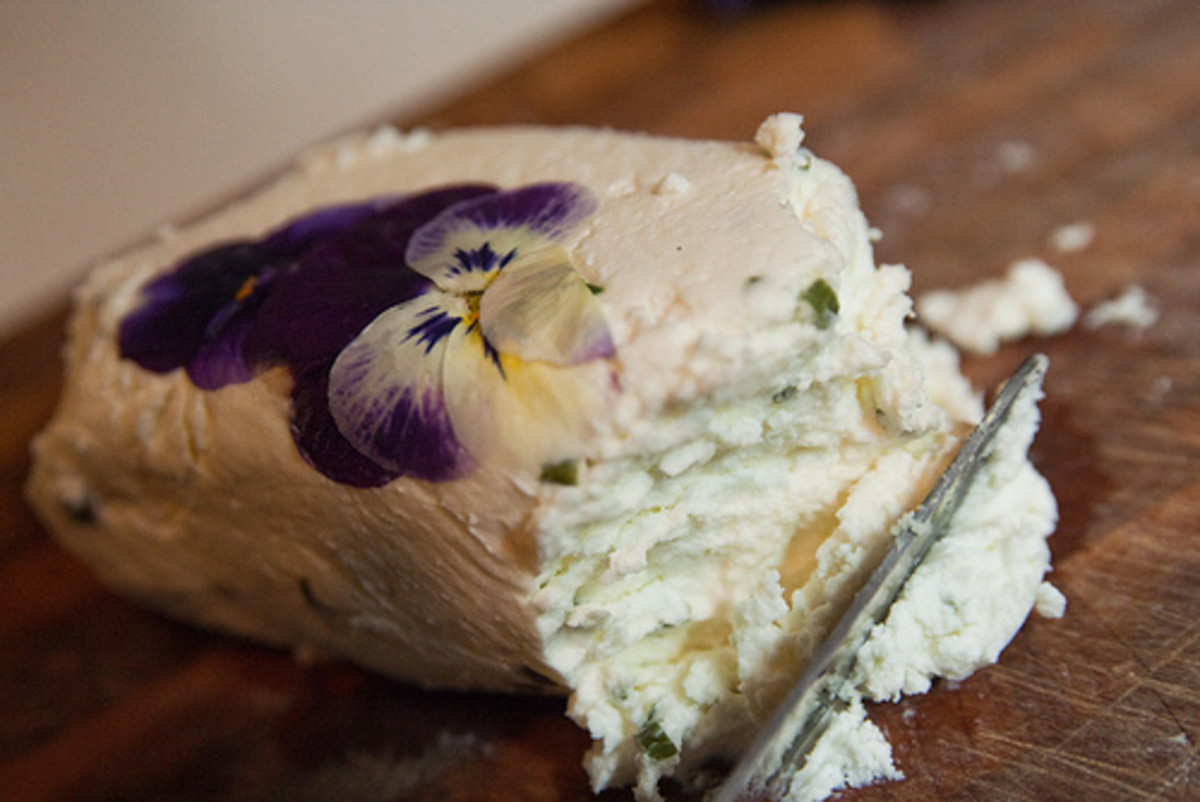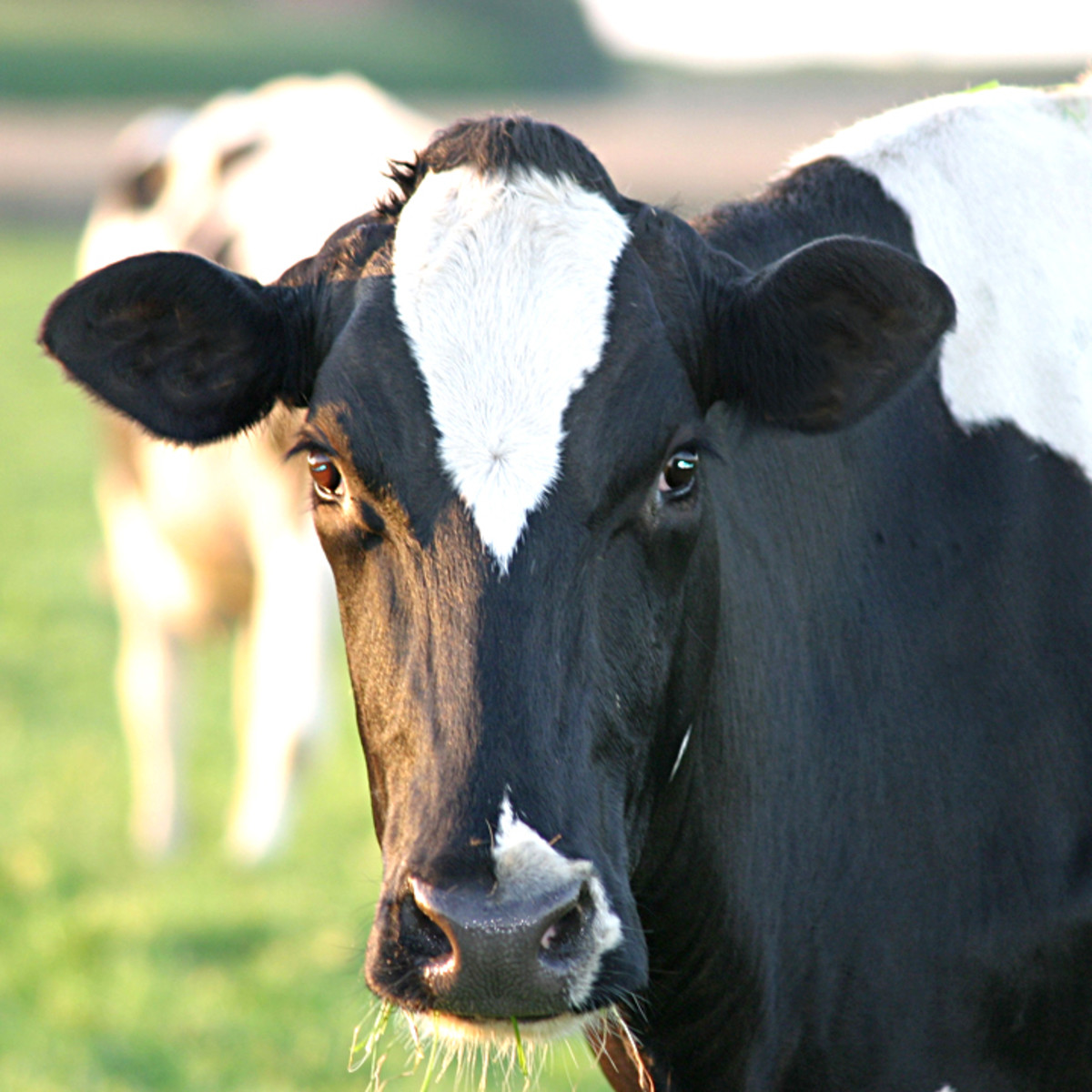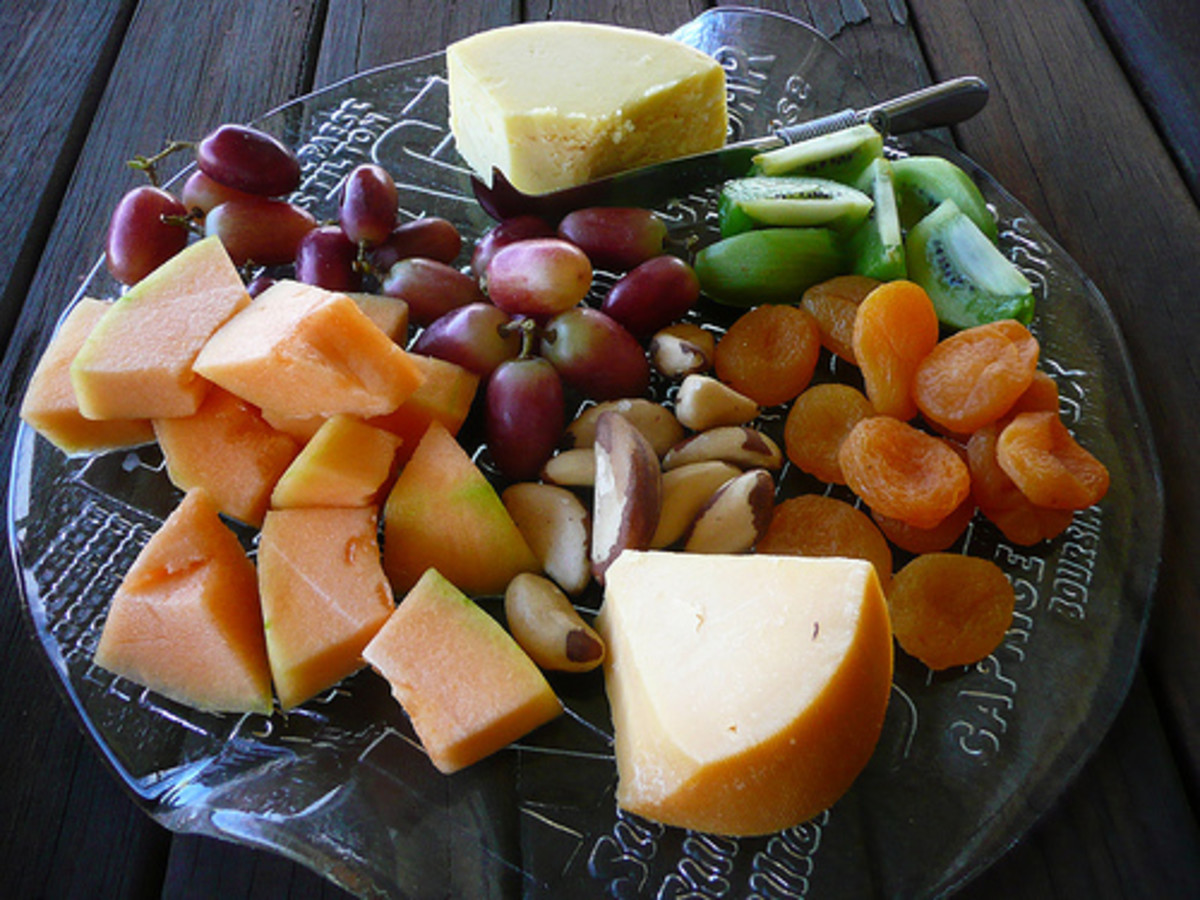Homemade Cheese, Getting Started

Getting Started With Homemade Cheese Making
No matter what kind of cheese you plan to make at home, the basic steps remain the same. Casein, fat, bacteria starters, and rennet each do their part to create a mass of delightful curds that even Miss Muffet would stick around for. By placing the curds in a mold, cheesecloth, or press, you can deliver a variety of lovely, soft or hard dairy delicacies. As you will see, every cheese, homemade cheese or otherwise, begins with the same basic components (milk, heat, bacteria, and rennet). You may be asking how do we get so many variations of cheese when it all gets done with the same components and the the same process? The answer resides within the components themselves.
Have You...
Have you ever treid to make homemade cheese before?
The many different cheese types each acquire their own particular characteristic textures, flavors, and visual look from the different combinations of time, heat, temperature, bacterial cultures, and enzymes brought together during the cheese-making process. For example, a mesophilic (medium-temperature) culture and rennet (has an enzyme that stimulates milk to curdle) are the basic combination for making Feta, Cheddar, and cottage cheese. While a thermophilic (high-temperature) culture and rennet make Parmesan and Swiss cheeses. The fungi penicillium roqueforti is used to derive the muskier Danish Blue and Stilton family of cheeses. When you factor in the science of time, the type of milk, and the amount of rennet or other enzyme used, it is much easier to see where the delicate and sometimes intense variations of cheese comes from.
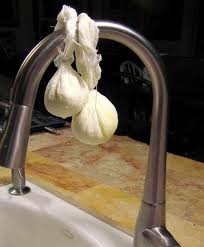
HOW TO WARM AND SOUR THE MILK FOR CHEESE MAKING
Warming and souring the milk is done by using fresh pasteurized milk, warmed to a temperature that makes bacteria want to grow and thrive, and interact with the protein, fat minerals, and vitamins in the milk. At this stage bacterial culture (powdered or fresh) can be gently stirred into the milk—this is called the "starter culture." This ignites the controlled fermentation process, and the natural souring process of acidification now begins: acid is formed as the bacteria surround and breakdown the milk sugars (lactose).
Souring takes anywhere from one to fifteen hours, depending strictly on the type of cheese being made. The forming and growing bacteria is very sensitive to temperature and movement, which can easily be hindered or stopped completely. With this in mind it is best to NEVER move the milk-pot once the process has begun.
Read More Great Cheesy Articles!
- Mull of Kintyre Cheddar Cheese
Campbeltown Creamery,which makes Mull of Kintyre Cheddar Cheese, operate on the site of an old malt whisky distillery, and has been making cheese for over 100 years. Up until the late 1970s, they also made... - Different Types Of Cheeses
We're all know about the popular kinds of cheese, some of which are Swiss cheese, Cheddar cheese, Parmesan, Mozzarella and many more. Besides these commonly and frequently known and used types, there are more... - Nutritional Value of Cheese
Cheese is a dairy products made from cows milk or goat milk. In the production, lactic acid bacteria and rennet are added in fresh milk to make milk protein coagulate and mature through a period of time,...
Easily Make Cheese in 5 Minutes at Home!
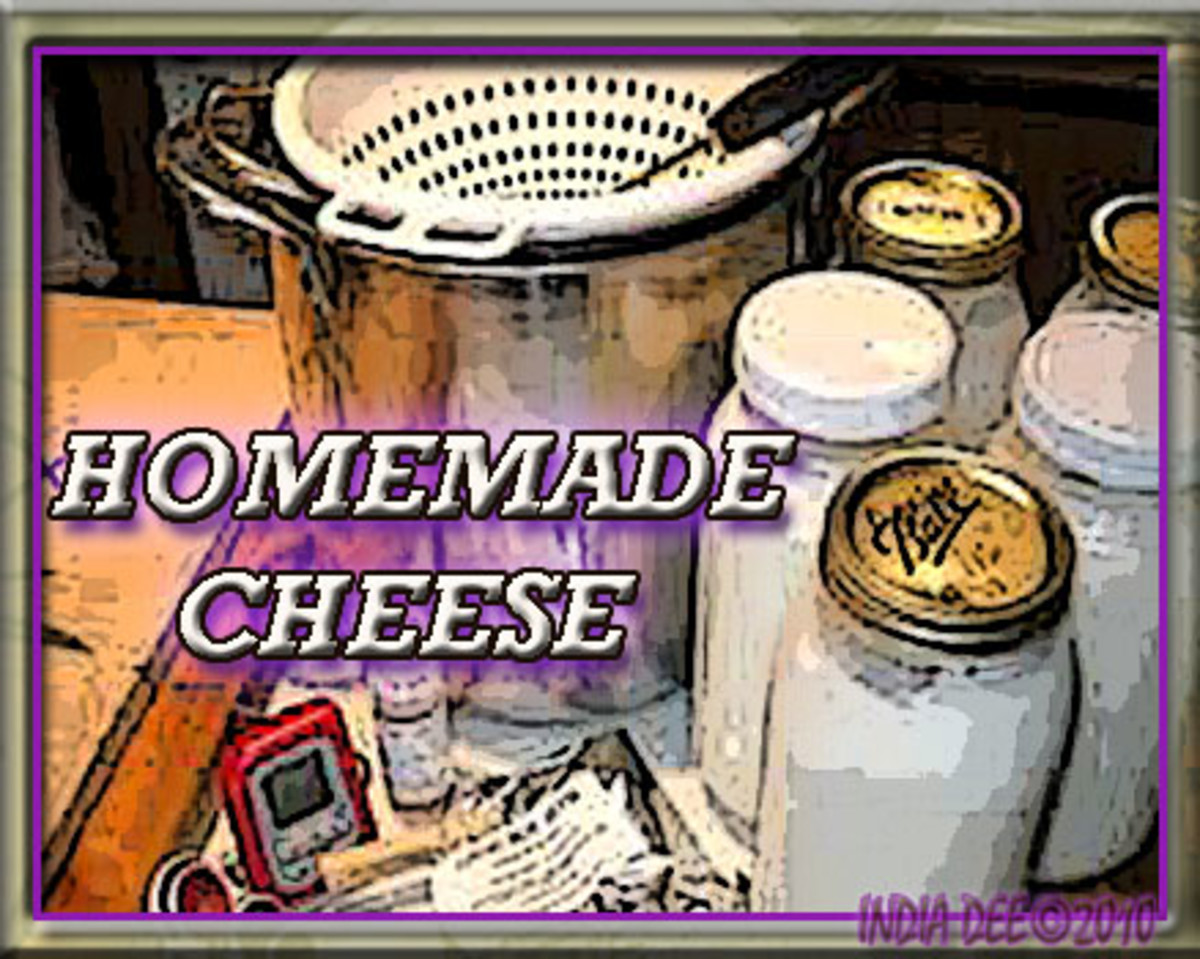
Adding Color, Herbs, and Flavor Enzymes to Homemade Cheese
Some hard cheeses get the addition of annatto (coloring), spice, herbs, and flavor enzymes (such as lipase for Parmesan) at this stage, after the starter culture. Just remember that a little color goes a very long way. Not because the color of the cheese will become too brightly orange, but because adding too much coloring will break down the fermentation process as well as the curds. A light hand during this step of the homemade cheese-making process is highly recommended.

